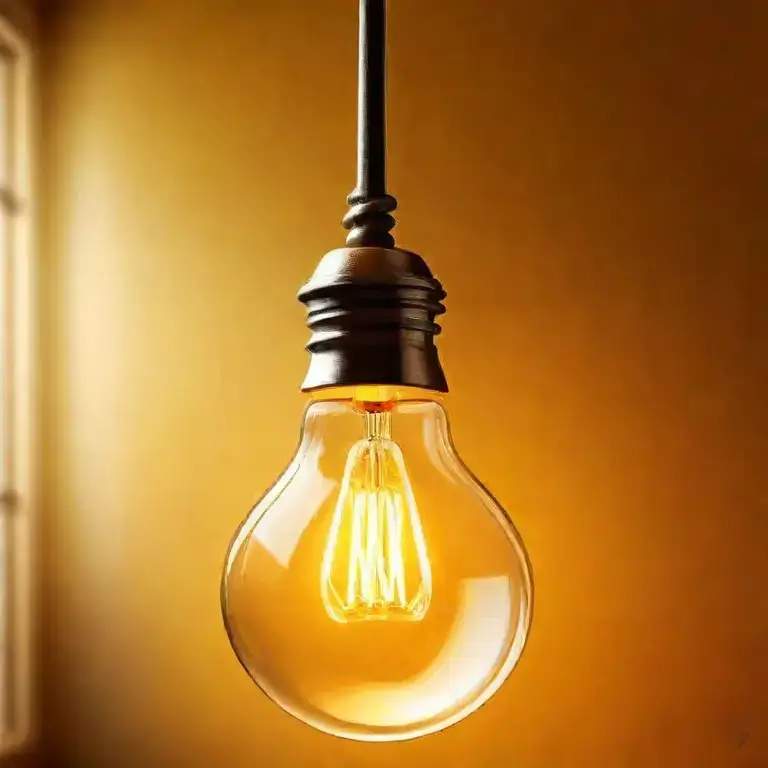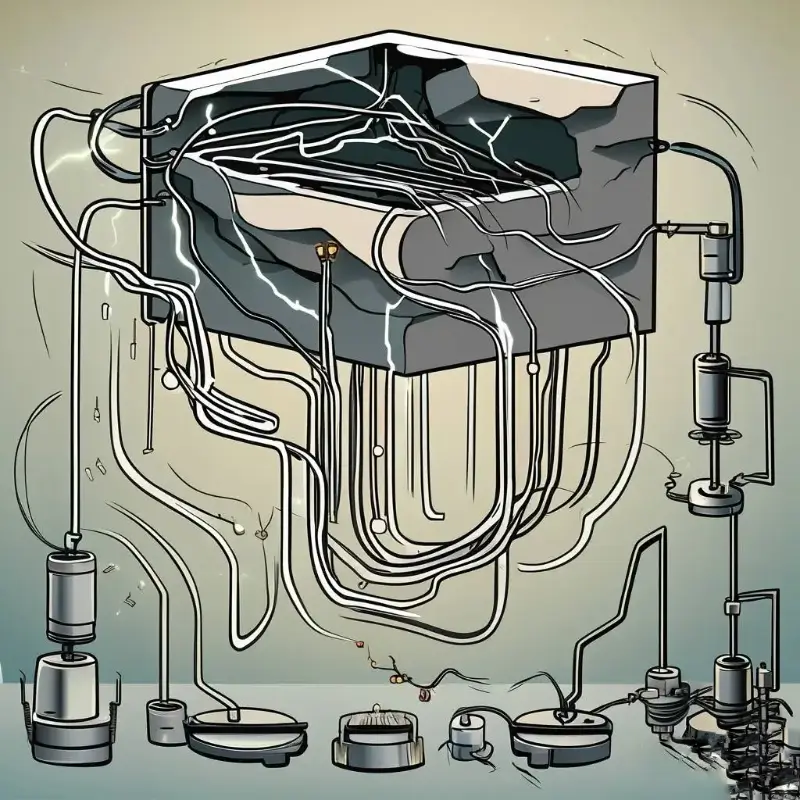why do light bulbs glow?
Light bulbs glow because they convert electrical energy into light energy. Inside a light bulb, there’s a thin wire called a filament. When electricity flows through the filament, it gets really hot, just like how a metal pan on a stove gets hot when you turn on the heat.
This heat is so intense that it causes the filament to give off light, similar to how a hot piece of metal starts glowing red or white-hot. In an incandescent bulb, the filament is made of a material (like tungsten) that can withstand high temperatures without melting. As the electricity heats up the filament, it starts glowing, producing the light we see.
In simpler terms: Electricity warms up a tiny wire inside the bulb, and that heated wire shines like a tiny, hot star! That’s why light bulbs glow.
The light bulb was invented through a series of experiments and improvements by various inventors. The basic idea was to create a device that could produce light by passing an electric current through a material that would glow when heated.
One of the first key discoveries was made by Sir Humphry Davy in the 1830s, who observed that a vacuum tube with electrodes could produce a light when an electric current was passed through it. However, these early devices were not practical for everyday use.
Thomas Edison, an American inventor, and his team worked on improving the design of the light bulb in the late 1870s. They focused on creating a long-lasting bulb by improving the vacuum technology and using a tungsten filament that could withstand high temperatures without evaporating. Edison also developed a complete electrical system, including generators, wires, and switches, to distribute the light.
Around the same time, Joseph Swan, a British inventor, was also working on developing an incandescent light bulb. Swan independently invented a practical bulb with a different vacuum method and glass type, but his design shared many similarities with Edison’s.
In 1880, Edison and Swan formed a partnership and combined their knowledge to obtain a joint UK patent for their improved light bulb design. They then continued to mass-produce and commercialize the bulb, bringing electric lighting to homes, businesses, and public spaces.
So, the invention of the light bulb was a result of multiple inventors building on each other’s ideas and making improvements to create a practical and efficient lighting device.



